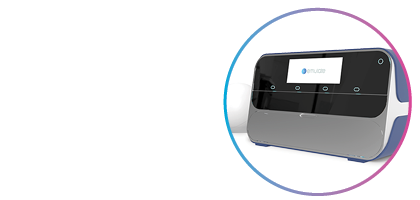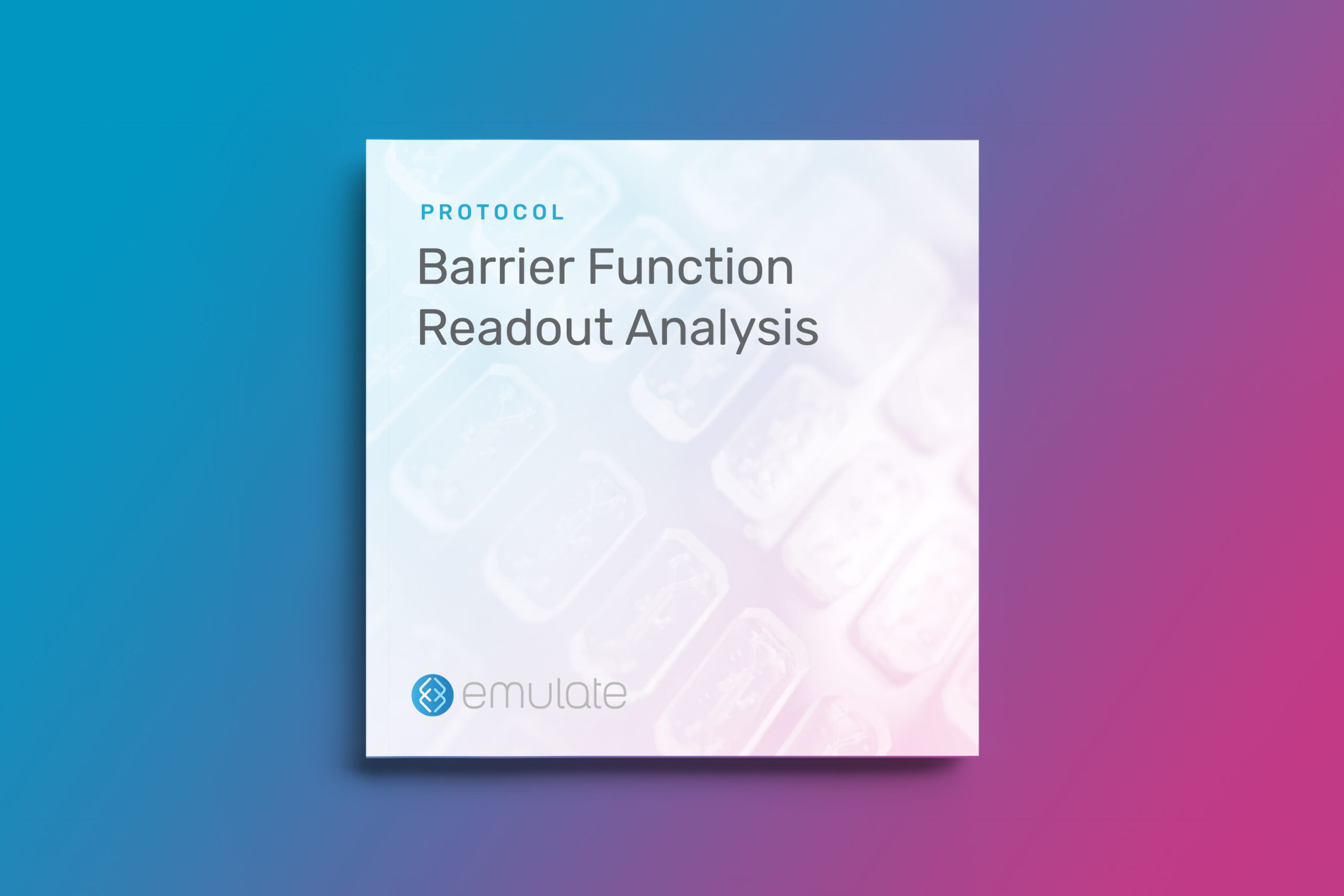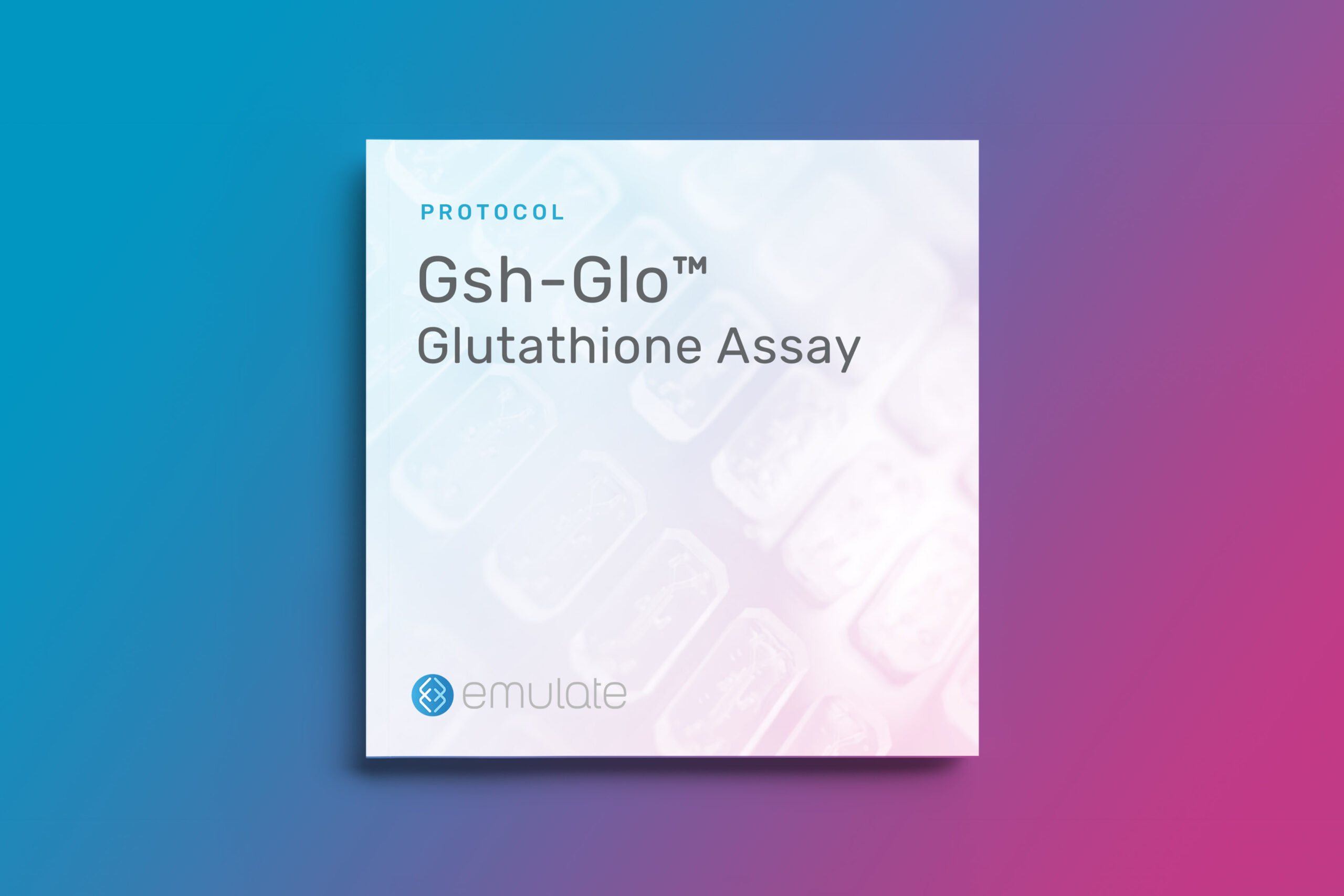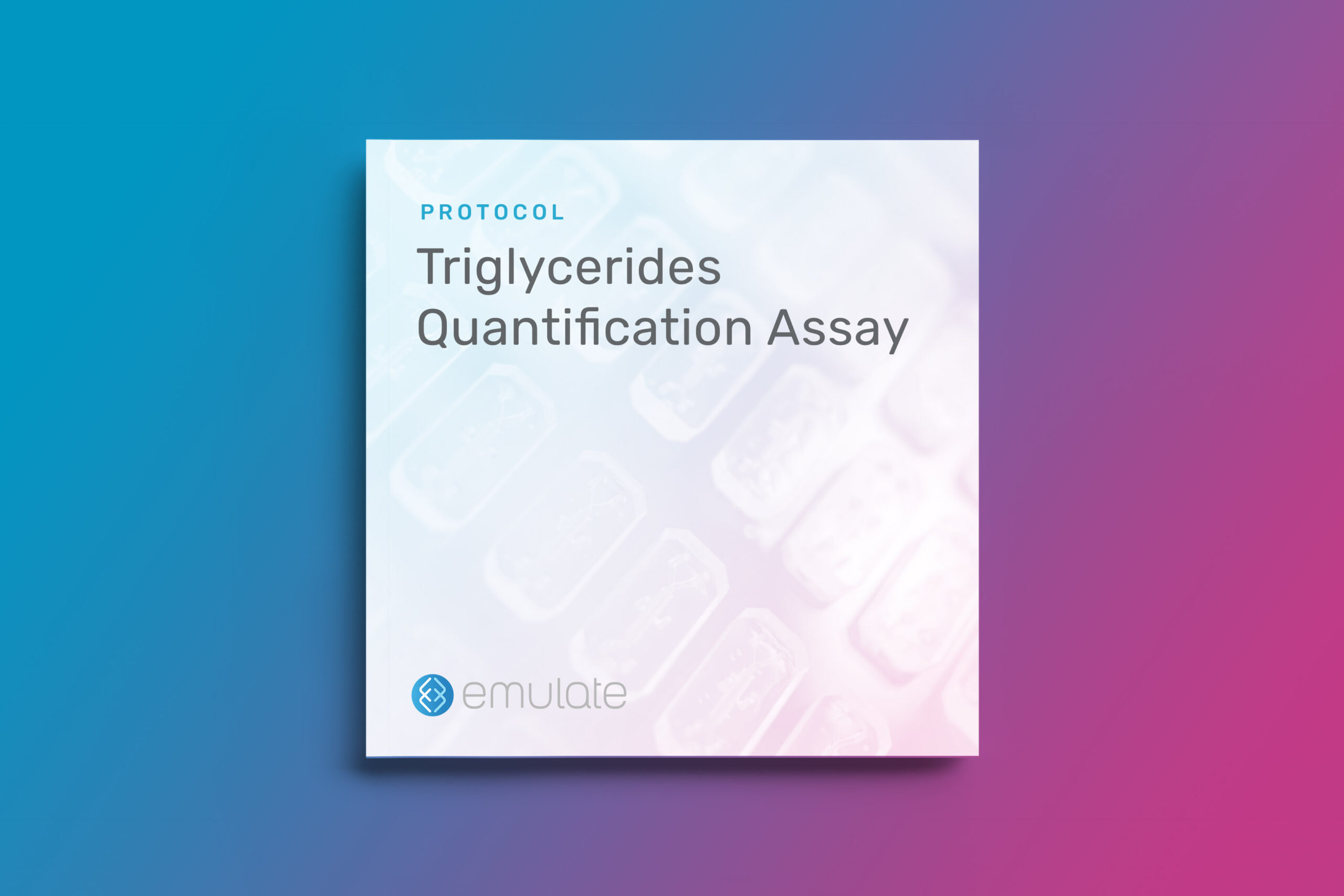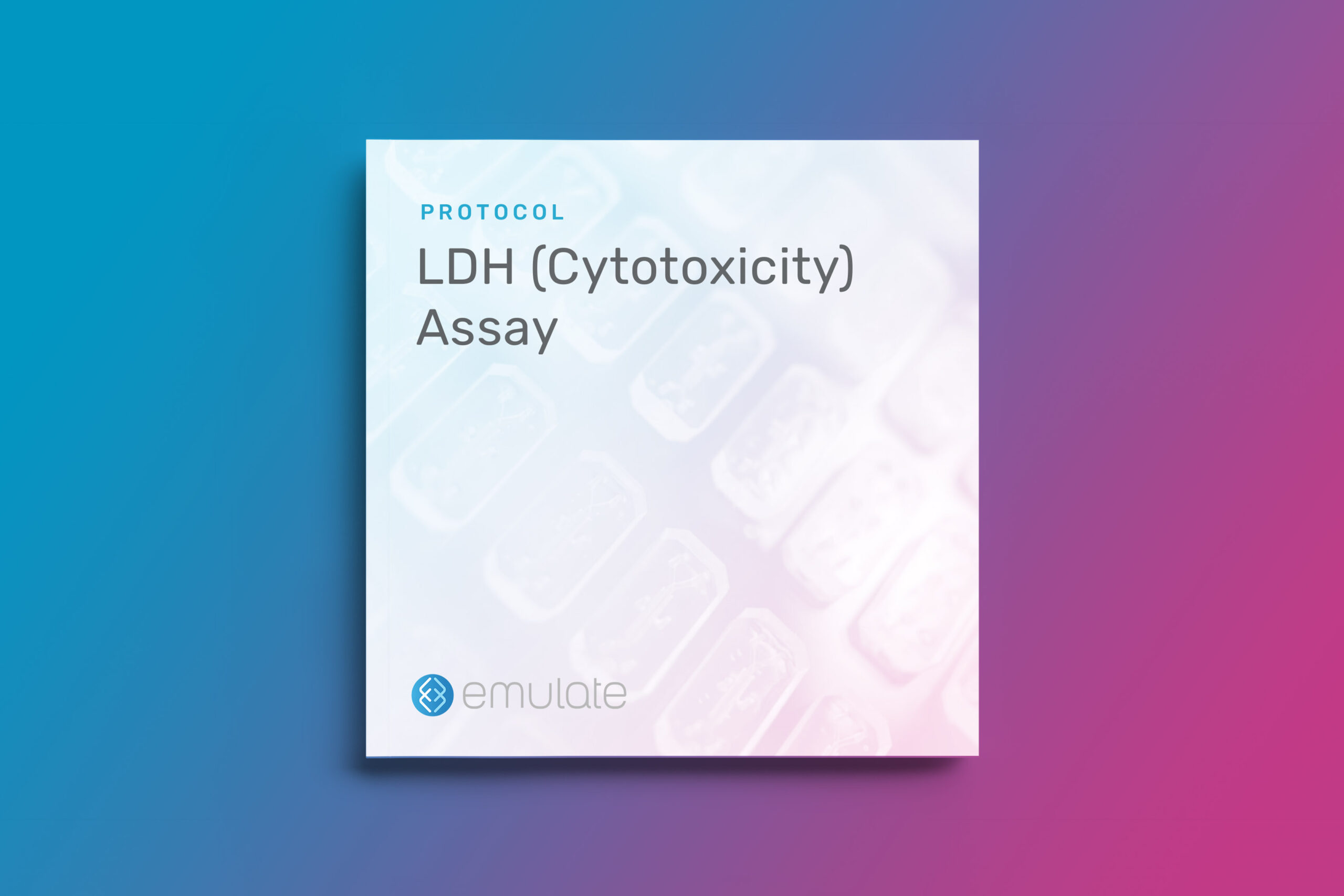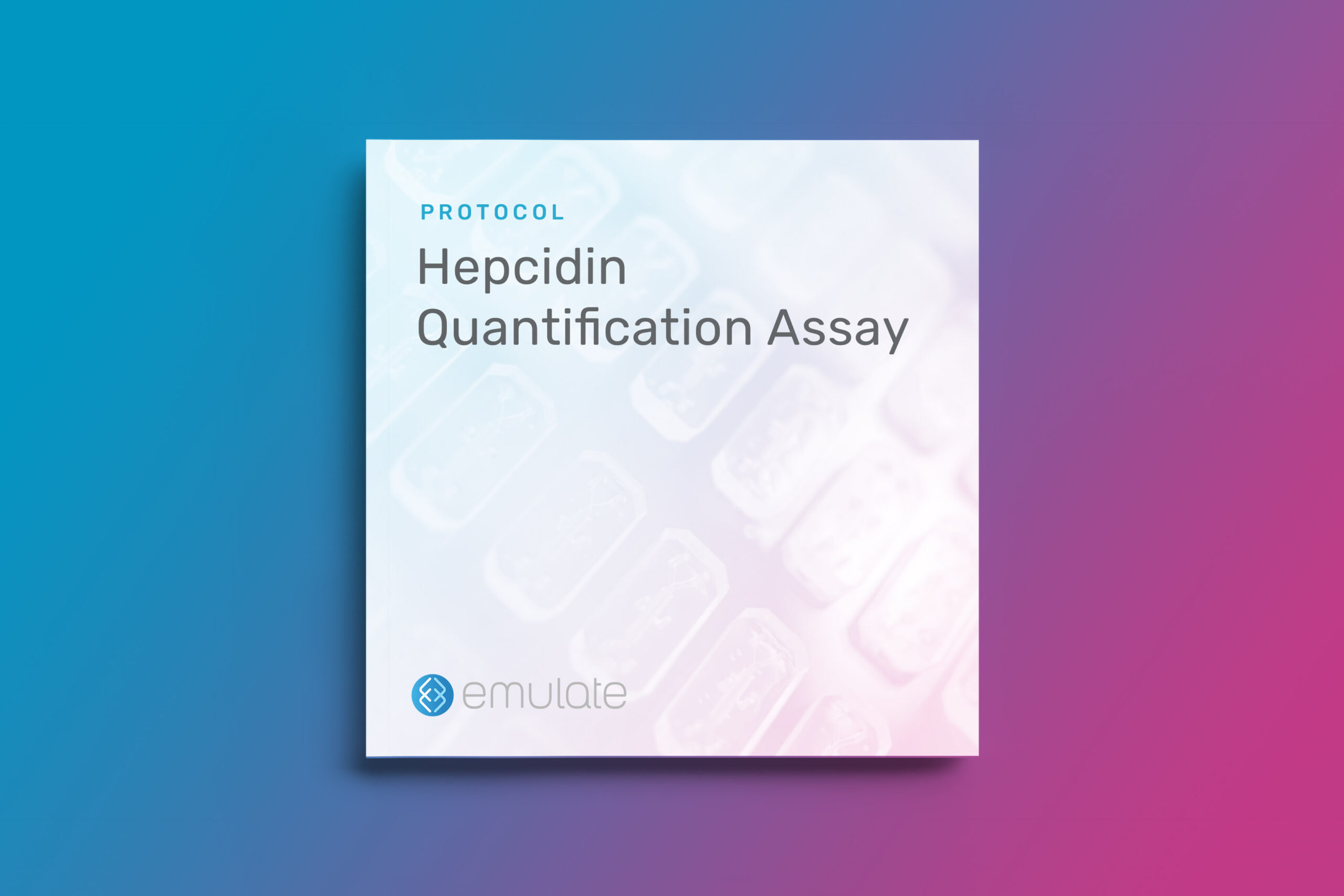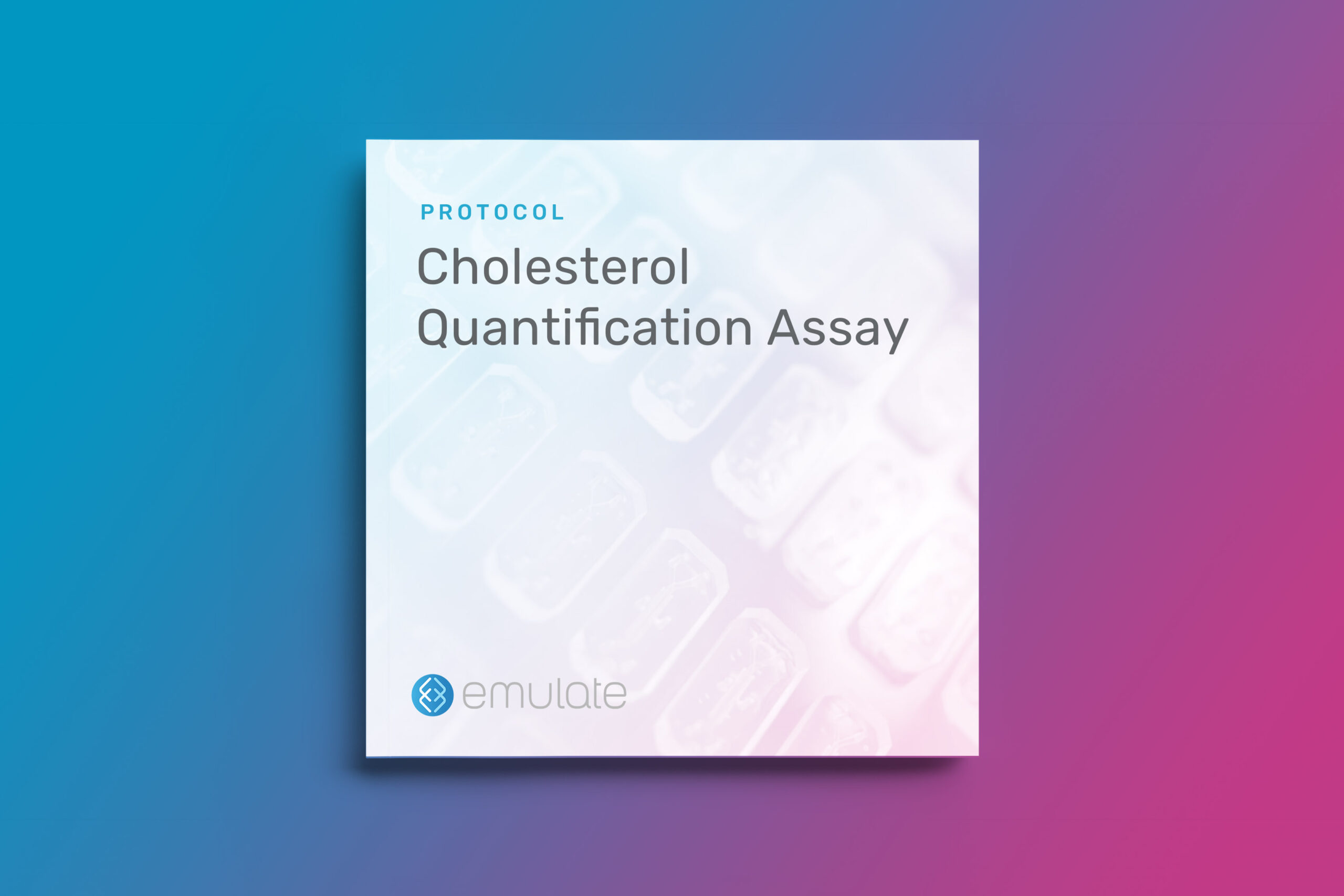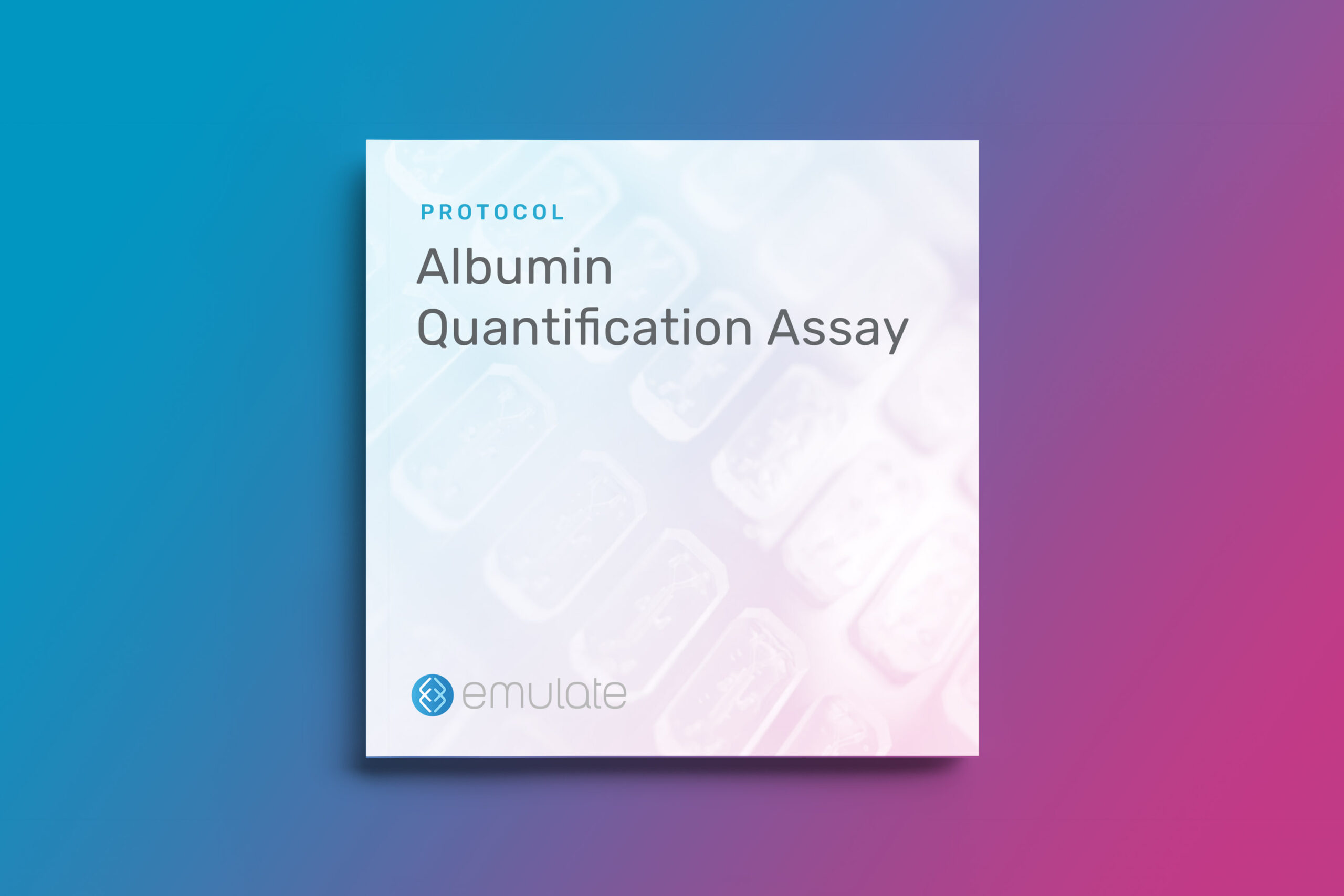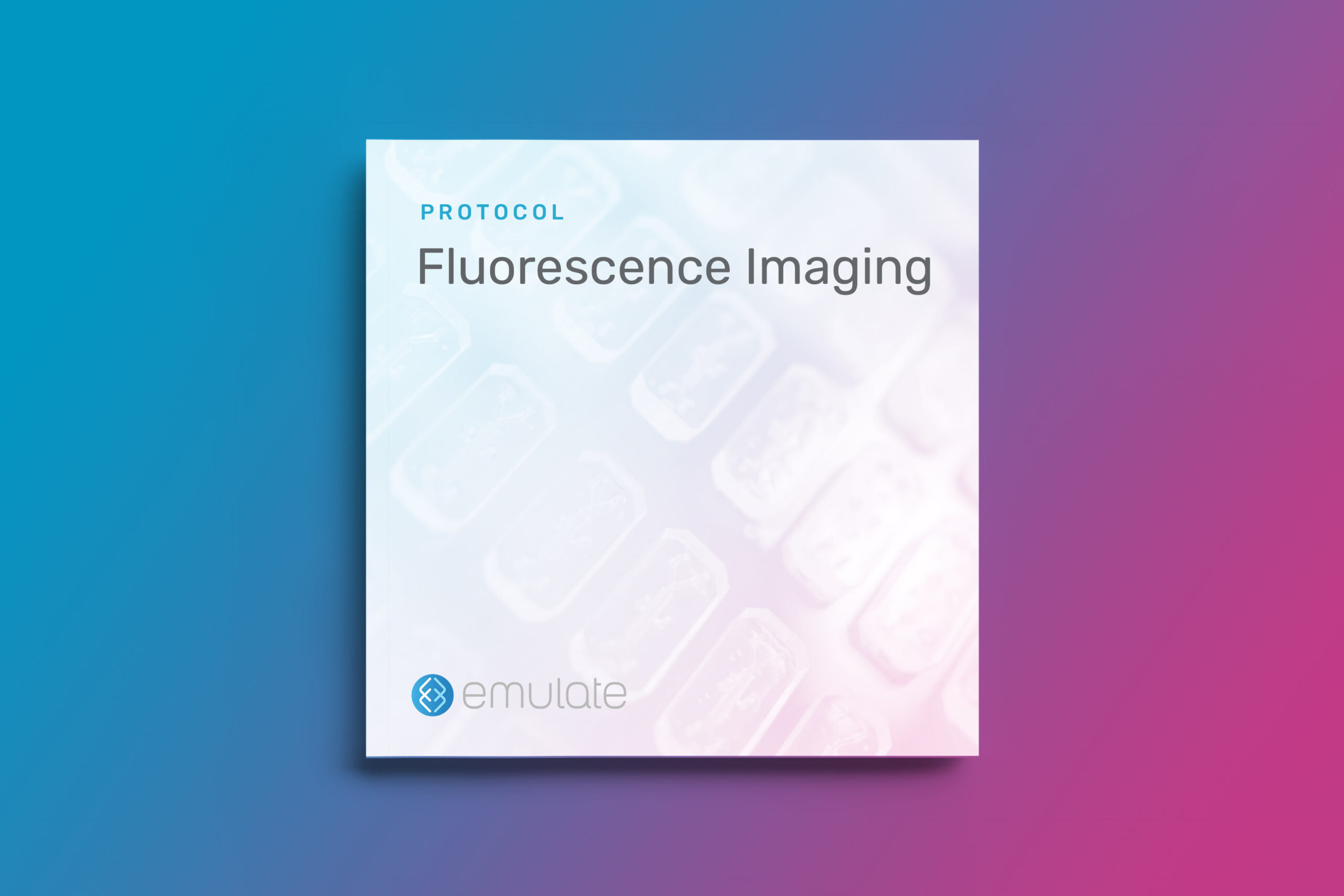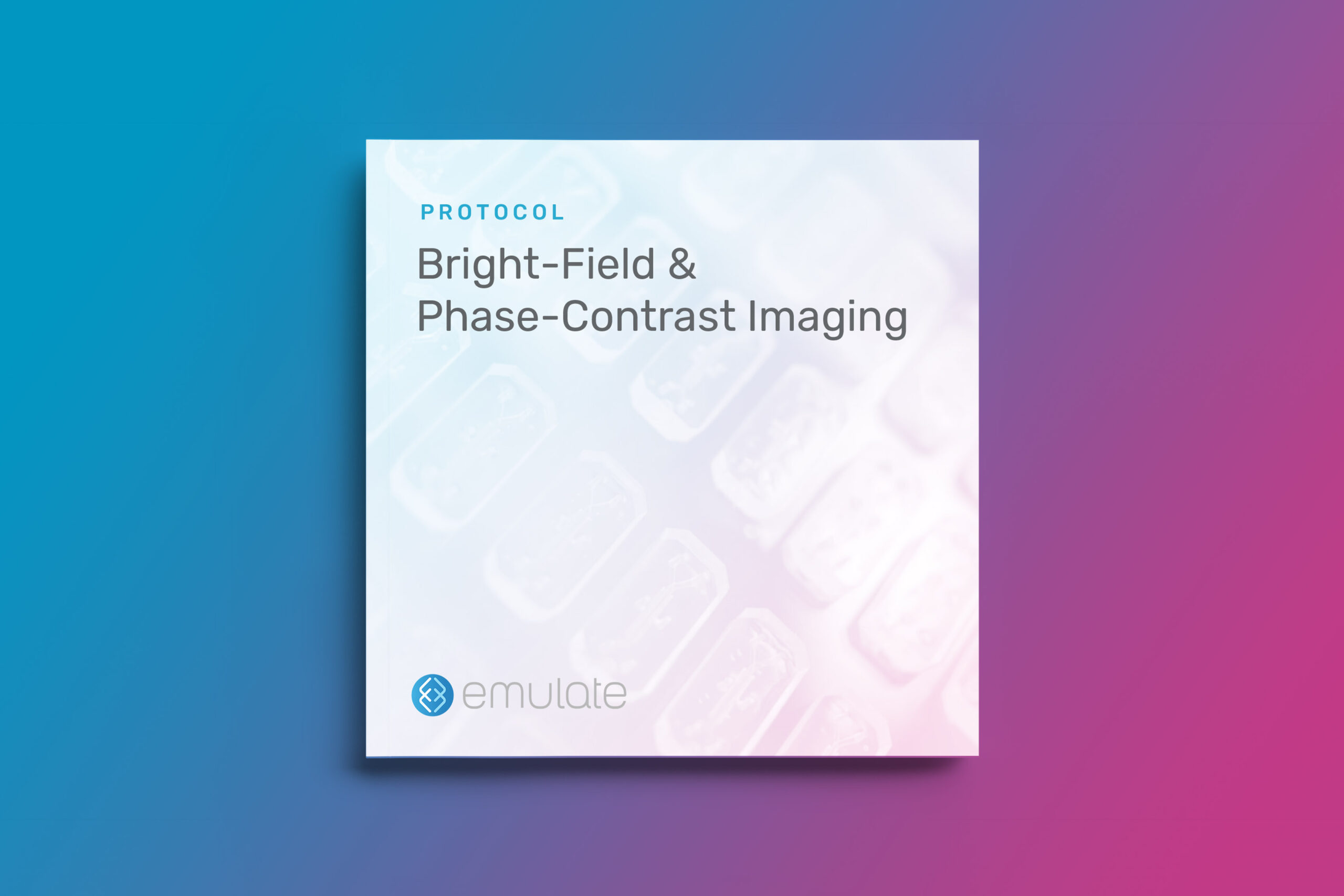Introduction
The maintenance or disruption of tissue barriers is an essential part of the pathophysiology of many diseases. The ability to quantitatively characterize tissue barrier is critical in the evaluation of barrier integrity and function.
This protocol is to be used to assess the permeability of an Organ-Chip’s endothelial-epithelial barrier. Apparent permeability (Papp) of tracer molecules is determined by dosing the inlet of one channel, collecting the effluent of both channels, and calculating the amount of compound that crossed through the membrane over time. See full method below and associated Papp Calculator (EC004) for data analysis.
